28 Jul
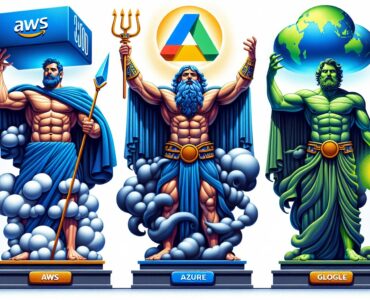
AWS vs Azure vs Google Cloud: A Comprehensive Comp...
In the rapidly evolving world of cloud computing, three major players dominate the market: Amazon Web Services (AWS), Microsoft Azure, and Google Cloud Platform (GCP). Each of these platforms offers a wide array of services and tools to meet businesses’ diverse needs. This article provides a comprehensive comparison of AWS, Azure, and Google Cloud across...
23 Jul
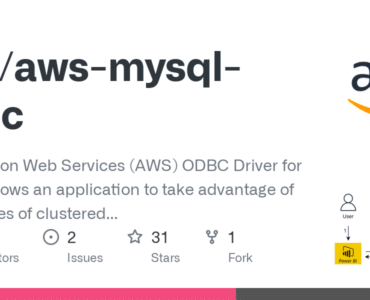
AWS ODBC Driver for MySQL – Bridging Data Co...
Introduction Amazon Web Services (AWS) offers a robust and versatile ecosystem for managing and deploying databases. Among its extensive suite of services, the AWS ODBC Driver for MySQL stands out as a crucial component for enabling seamless connectivity between applications and MySQL databases. This driver facilitates efficient and secure data access, ensuring businesses can fully...
12 Jun

Accelerate full-stack web and mobile app developme...
Introduction front-end developers create a differentiating user experience for their apps using front-end programming languages like JavaScript, Swift, or Kotlin, popular frameworks like React, React Native, Flutter, or Angular, and tools like integrated development environments (IDEs). They code the presentation layer of apps, access and integrate data through APIs, and build cloud-powered features such as...
27 Feb
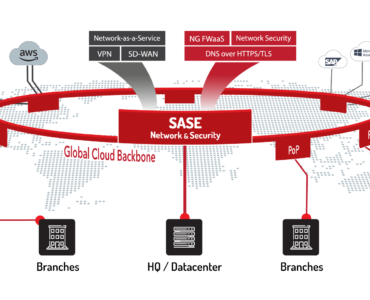
AWS Secure Access Service Edge (SASE)
Introduction AWS Secure Access Service Edge (SASE) is a cloud-based network security service that Amazon Web Services (AWS) provides. It provides a comprehensive security solution for organizations with a distributed workforce and multiple branch locations. SASE integrates various security features such as Firewall as a Service (FWaaS), Cloud Access Security Broker (CASB), Secure Web Gateway...
21 Feb

AWS Security Services
Introduction Amazon Web Services (AWS) provides a range of security services to ensure that its cloud computing platform is secure and reliable. These security services include: AWS Identity and Access Management (IAM): IAM allows you to control access to AWS resources by creating and managing user accounts, groups, and roles. It provides granular permissions, allowing...
20 Jan
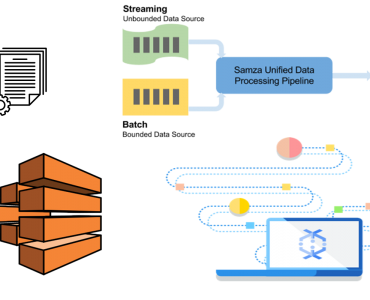
Automation and Batch Processing with AWS Batch
Introduction batch workloads are common in any large scale applications, due to the huge data and long processing to some of the activities, the compromise between processing time and the cost is always the challenge, especially when your processing time is not constant across the day and you need a lot of resources for a...
15 Jan
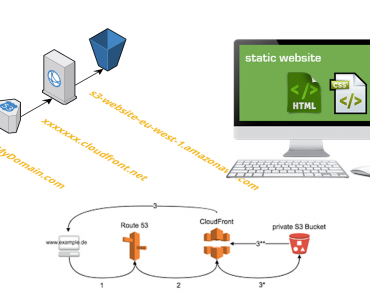
How to Host Static Websites with S3
Introduction: This article will demonstrate how to use S3 for static website hosting. A static website delivers content in the same format in which it is stored. No server-side code execution is required. For example, if a static website consists of HTML documents displaying images, it delivers the HTML and images as-is to the browser,...
12 Jan
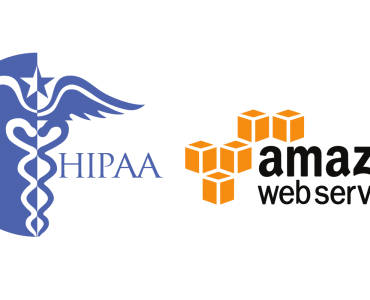
How to Achieve HIPPA Compliant AWS Architecture
Introduction AWS HIPPA Compliance is a ubiquitous topic; HIPAA was expanded in 2009 by the Health Information Technology for Economic and Clinical Health (HITECH) Act. HIPAA and HITECH establish a set of federal standards intended to protect the security and privacy of PHI. HIPAA and HITECH impose requirements related to the use and disclosure of...
28 Dec
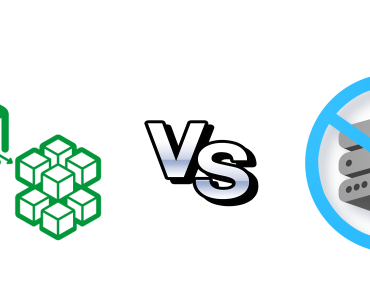
Microservices VS. Serverless
Introduction: In this article, we will demonstrate the difference between microservices VS Serverless architectures. Recently, microservices and serverless architectures are becoming more and more popular. since they are helping enterprises to keep the increasing demands of scaling, reliability, and availability, and once you get to know each technology you will realize how important to have...
15 Dec
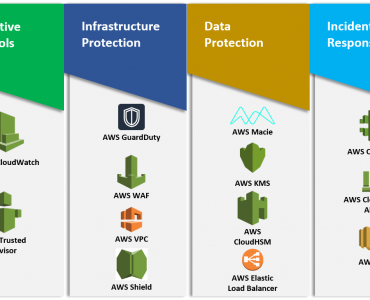
AWS Well-Architected Framework
Definition: AWS Well-Architected Framework provides a consistent set of best practices for customers and partners to evaluate architectures. and provides a set of questions you can use to evaluate how well architecture is aligned to AWS best practices. The Five Pillars: The AWS Well-Architected Framework is based on five pillars — operational excellence, security,...
12 Dec
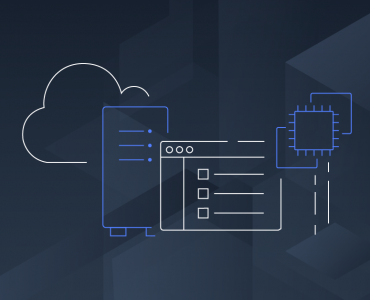
AWS Outposts is now available
Introduction: Many customers who need local processing and very low latency. in addition they no longer need to spend time creating detailed hardware specifications, soliciting & managing bids from multiple disparate vendors, or racking & stacking individual servers, this is now achievable by using aws outposts. What is AWS Outposts? Its a new fully managed...

